5 Types Of Corn And How to Use Them
There are many types of corn, used historically for many different purposes. We explore the diversity of this amazing staple food and how to use the many different types available to home gardeners.
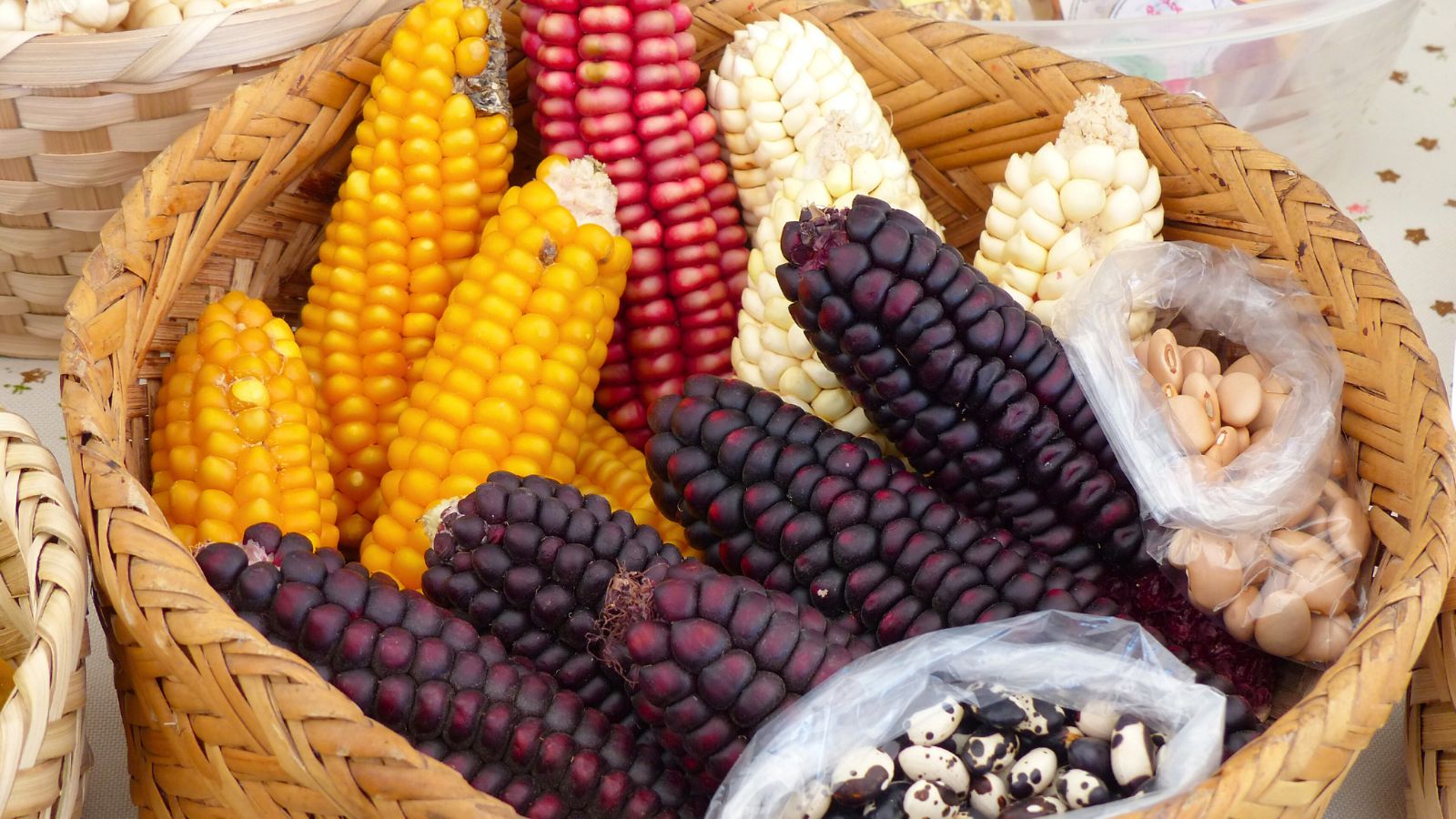
Contents
Most people think of corn as that mid-summer treat, fresh sweet corn on the cob. But corn is so much more! With thousands of different types and just as many ways to prepare them, corn goes far beyond the cob. From spicy posole and grits to tortillas, corn “nuts,” beer, popcorn, tamales, bread, and more, the culinary possibilities are endless. If you’re only eating fresh sweet corn, you’re truly missing out!
One reason corn is so incredibly versatile in the kitchen is because it’s so easily modified. Thanks to the ingenious plant breeding techniques developed by Indigenous peoples over 8,000 years ago, corn has evolved to grow in nearly every climate and elevation. Several distinct categories of corn exist today, each with unique kernel textures suited to different culinary uses.
Even if you don’t grow your own corn, it’s still a part of your daily life. Corn plays a major role in industrial processes, biofuels, and animal feed. Learning more about how corn grows and how it’s used will give you a whole new appreciation for this remarkable crop.
The History Of Corn

Corn is one of the oldest domesticated crops. It originated in what is now Central Mexico around 8,000 to 9,000 years ago.
Indigenous peoples domesticated corn from a wild grass known as teosinte, which shares some traits with modern corn, including green stalks, leafy growth, and tassels on top. However, teosinte ears are tiny—only one to two inches long—with a few rock-hard seeds.
Over thousands of years, Indigenous communities experimented with teosinte’s culinary qualities. They selected seeds and encouraged traits they found useful. Teosinte pops when the kernels are dry and offers a soft, sweet taste when eaten green. Anyone from the Plains states can tell you that the bases of wild grasses are sweet and delicious, and teosinte is no exception!
Through skilled plant-breeding techniques, these early farmers transformed teosinte. By about 6,000 years ago, corn had taken on the familiar form we recognize today: a central cob surrounded by kernels. This early version was popcorn, and it quickly spread across North and South America as people shared seeds and knowledge. Breeders continued to develop new varieties, gradually adapting this tropical grass to thrive in new environments.
Farming

Archaeologists have found the earliest corn in the Southwestern deserts at sites dating back 4,000 years, marking corn’s entry into what is now the United States. By around 2,000 years ago, people grew both popcorn and flour corn varieties. Flour corn likely developed because it was easier to grind and more versatile in the kitchen.
As corn became a dietary staple, farmers expanded the number of varieties. Between 1,500 and 1,000 years ago, communities across the temperate regions of today’s United States and southern Canada commonly grew corn alongside other crops like pumpkin, beans, amaranth, tobacco, and sunflower. Around 500 years ago, European colonization of Indigenous peoples triggered the spread of corn around the world.
Today, farmers grow a wide range of corn varieties, making it one of the world’s leading agricultural commodities. Along with wheat and rice, corn provides a major share of calories for the global population. Beyond food, growers also raise corn for animal feed, industrial uses, and biofuels. As a result, corn has become one of the most heavily modified crops, with new selections emerging every year. These developments rely on everything from traditional breeding methods to cutting-edge CRISPR gene-editing technology.
The Most Common Types Of Corn

Tens of thousands of corn varieties exist today, though many have been lost to monoculture and industrial farming. Some varieties are widely available and adaptable, while others have evolved to suit the unique growing conditions of a single valley. This diversity offers a wide range of culinary uses, flavors, and colors.
The International Maize and Wheat Improvement Center in Mexico City (considered the heart of corn diversity) conserves over 28,000 unique maize collections in its germplasm bank. Thousands more are preserved in smaller national and regional seed banks. While corn diversity is vast, we can group most types by kernel structure, which gives each one its distinctive culinary traits.
With so many options, choosing the right type of corn can feel overwhelming. Start by thinking about what you’re most likely to eat and which varieties will thrive in your region. Look for types that originate from your area and match your growing season. All corn varieties belong to the same species, Zea mays, and since corn is wind-pollinated, it cross-pollinates very easily. As tempting as it may be to grow several varieties, it’s best to stick to one per season. That way, you’ll have enough space for a healthy crop and avoid unwanted mixing between varieties.
Sweet Corn

Most gardeners and seed catalogs focus on sweet corn because it’s the most familiar and approachable for the home kitchen. Nothing says summer like a fresh ear eaten right off the cob!
Sweet corn tastes best when picked at its early or “milk” stage, while it’s still tender and juicy. You can identify this stage by pressing a kernel with your thumbnail. If it releases a milky substance, it’s ready to harvest. This usually occurs about one to three weeks after the corn tassel begins to shed pollen.
This type of corn developed from natural genetic mutations in harder flint and flour corns that prevented sugars from converting into starch. While flint and flour corn can also be eaten at the milk stage, the flavor is mildly sweet, with a starchier and chewier texture.
When you open a packet of sweet corn seeds, the kernels should appear wrinkled (the result of sugars dehydrating). Once harvested, fresh sweet corn quickly begins to lose moisture and sweetness, so enjoy it as soon as possible. Homegrown always tastes better than store-bought!
Varieties

Dozens of high-quality heirloom varieties are widely available, including Stowell’s Evergreen and Golden Bantam. In the United States, breeders continue to release new sweet corn hybrids with traits like supersweet kernels, disease resistance, and early maturity. You can choose from white, yellow, or bicolor varieties. Peaches and Cream is a popular example that combines both colors.
Sweet corn varieties like Double Standard are perfect for eating fresh during the green or milk stage, but they’re also versatile. You can roast them, dry and rehydrate them (as in chicos, a traditional New Mexican preparation), or even grind the dried kernels into a wonderfully sweet cornmeal.
Flour Corn
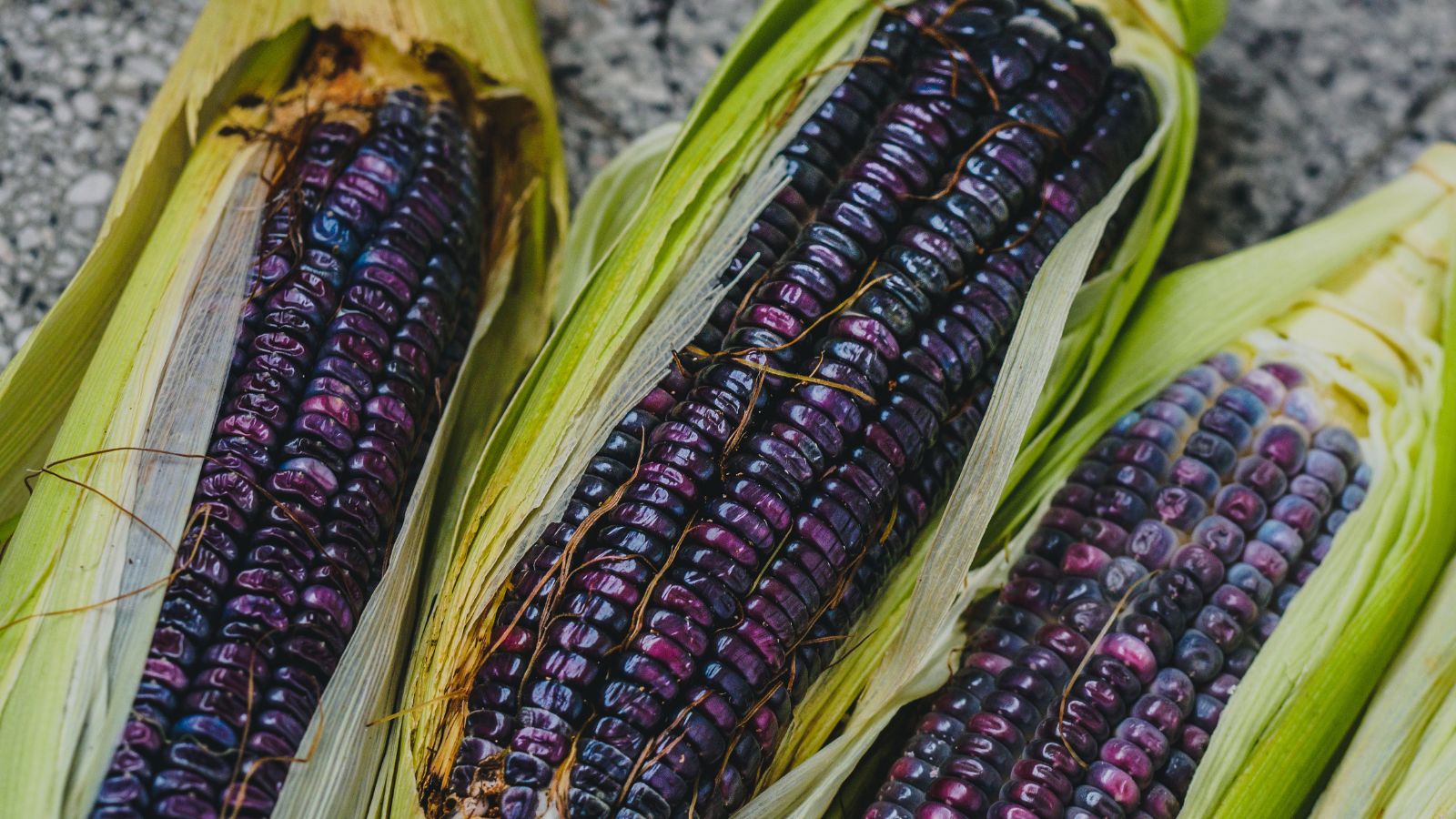
Flour corn is composed mainly of soft starch, making it easy to grind into a fine cornmeal. Varieties range from compact 2-foot plants to towering 8- to 10-foot stalks, and they tend to grow well in drier climates. The ears are typically long and slender and can be harvested in the immature or “milk” stage. Common preparation methods at this stage include steaming, boiling, or roasting.
Although flour corn is sweeter and more tender than flint types when young, it’s still not as sweet as sweet corn. Most often, growers harvest flour corn when it’s fully ripe and dry, then grind it into cornmeal.
This type of corn has a subtle, delicate flavor. Because it lacks the dense oils and proteins found in the endosperm of flint corn, its taste is milder. Blue and red varieties tend to offer the most flavor, along with added nutritional benefits from their high levels of antioxidants and carotenoids.
Thanks to its soft texture, flour corn is easier to grind and digest, which is why most recipes call for the fine cornmeal it produces. It’s incredibly versatile, used in breads, tortillas, tamales, or pinole (cornmeal mixed into drinks). You can also leave the kernels whole and parch them into corn nuts or make posole. Dried kernels grind well with a high-powered blender, food processor, or hand-crank grinder, which brings out the best flavor. Toasting whole kernels or the ground meal adds depth and a nutty richness.
Varieties
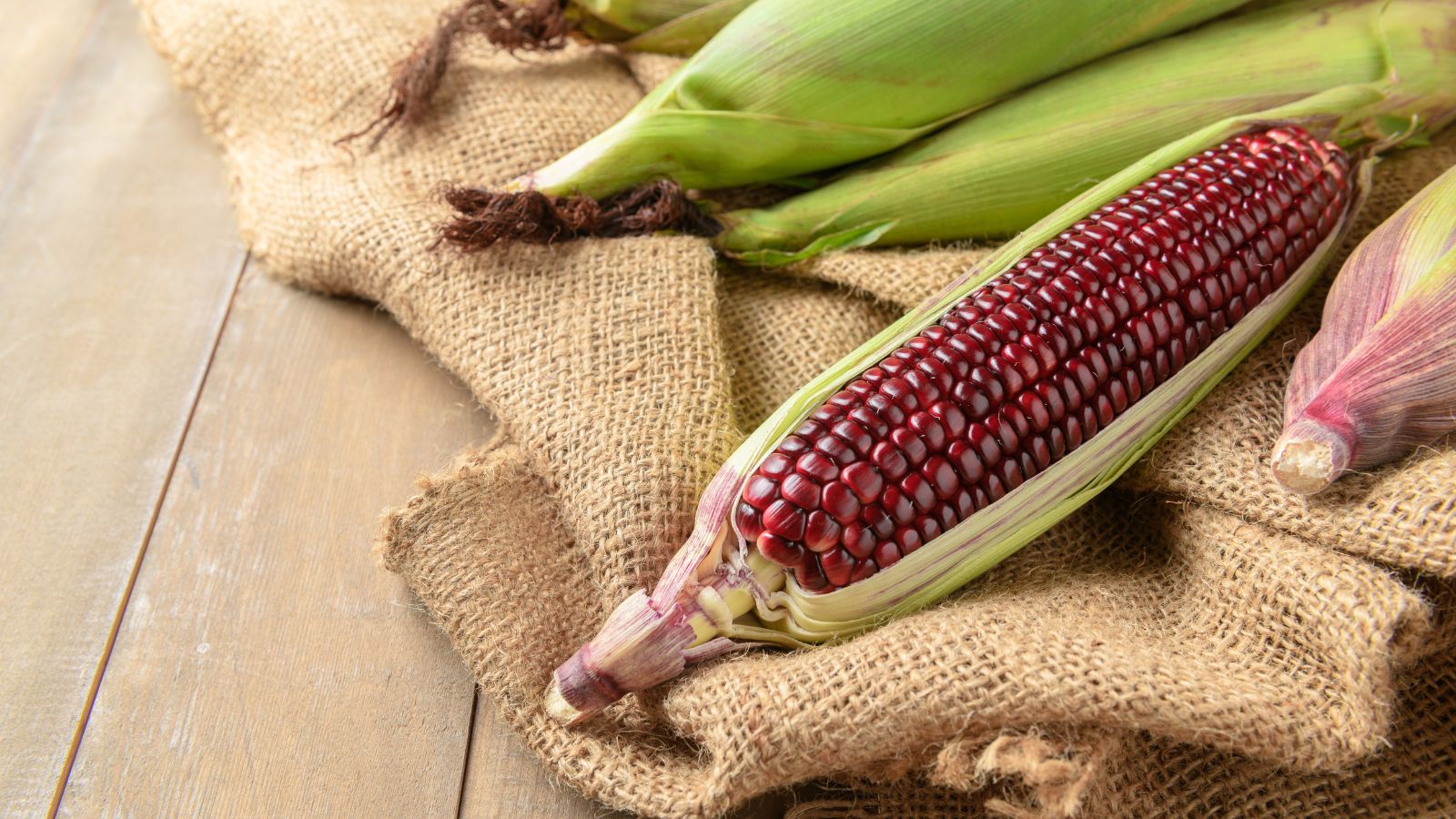
Flour corn varieties come in a rainbow of colors and even display different patterns. Some of the most striking examples feature speckles and stripes. The Pawnee Seed Preservation Project is working to restore Eagle corn, a variety known for the dark spots on each kernel that resemble birds in flight.
Hopi Blue, Seneca White, and Apache Red are just a few examples of flour corn varieties. Most Native American communities have developed their own versions of white, blue, red, yellow, and multicolored flour corns, each adapted to its local growing environment. One commercially available variety, Painted Mountain, produces a vibrant mix of colors. No two ears look alike.
Preparation
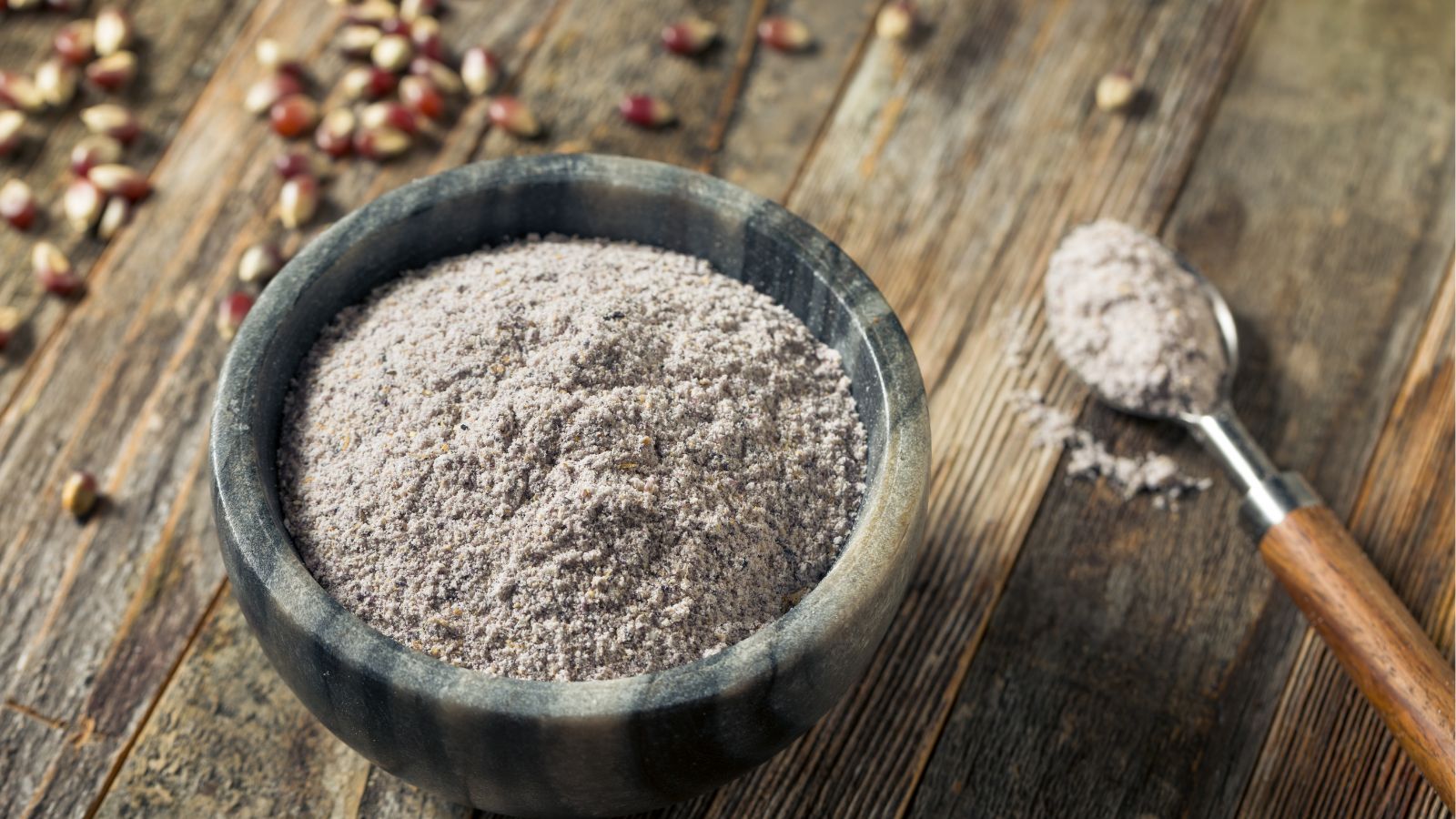
The color in this type of corn is concentrated in the thin outer layer of the kernel, while the interior soft starch remains white. As a result, most ground cornmeal appears white-gray with just a hint of the kernel’s original color. You can intensify the color in the final cooked product by adding an alkaline material such as wood ash or by using the nixtamalization process.
Nixtamalization involves soaking and cooking corn in water mixed with food-grade cal (calcium hydroxide) or pickling lime, then hulling it to remove the outer shell, which also softens the kernel. The term comes from the Nahuatl language (spoken by many Indigenous Mexicans), combining nextli (lime) and tamalli (tamale). This process not only enhances the color but also changes the flavor, giving the corn the distinct bite and aroma of a tortilla chip. The resulting kernels are called posole or hominy, and when ground, the product is known as masa or nixtamal.
The alkaline treatment also improves the corn’s nutritional value by making more protein and niacin available for digestion. Traditional wood ash, such as juniper ash used by the Navajo (Diné) people, adds a significant amount of calcium. A bowl of traditional blue corn mush (a hot porridge made from ground cornmeal) can contain as much calcium as a glass of milk.
Dent or Field Corn

Dent corn gets its name from the indentation that forms at the top of the kernel as it dries. The kernels contain hard starch along the sides and soft starch in the center. As the kernel dries, the center starch shrinks, creating the signature “dent” at the top.
Ears from dent varieties tend to be large and hefty, supported by tall, strong stalks. These plants typically don’t produce multiple stalks, or tillers, a trait more common in heirloom flour and flint types. Their tall, single stalks also make them ideal for large-scale commercial harvesting and popular for use in corn mazes.
Also known as “field corn,” this type of corn makes up the majority of commercially grown corn worldwide, including in the United States. It’s primarily used for livestock feed, silage, corn gluten meal, and a wide range of food products (from cornbread to tortilla chips) and is further refined into high-fructose corn syrup, plastics, and ethanol. Due to its commercial importance, most dent corn varieties are hybrids or genetically modified.
Dent corn’s high starch content makes it excellent for grinding into cornmeal when harvested dry. Its medium, granular texture also works well for making grits. Dry kernels can be nixtamalized to produce hominy, which is then ground into masa or hominy grits, preferred in many parts of the Southern U.S.
When harvested fresh, dent corn is used for elotes in Mexico (corn on the cob dressed with condiments like salt, chile powder, butter, cotija, lemon or lime juice, and mayonnaise), though sweet corn is increasingly replacing it due to its flavor. Just past the milk stage, dent corn also makes a great base for green corn tamales, offering dough with enough structure while still retaining some sweetness.
Flint Corn
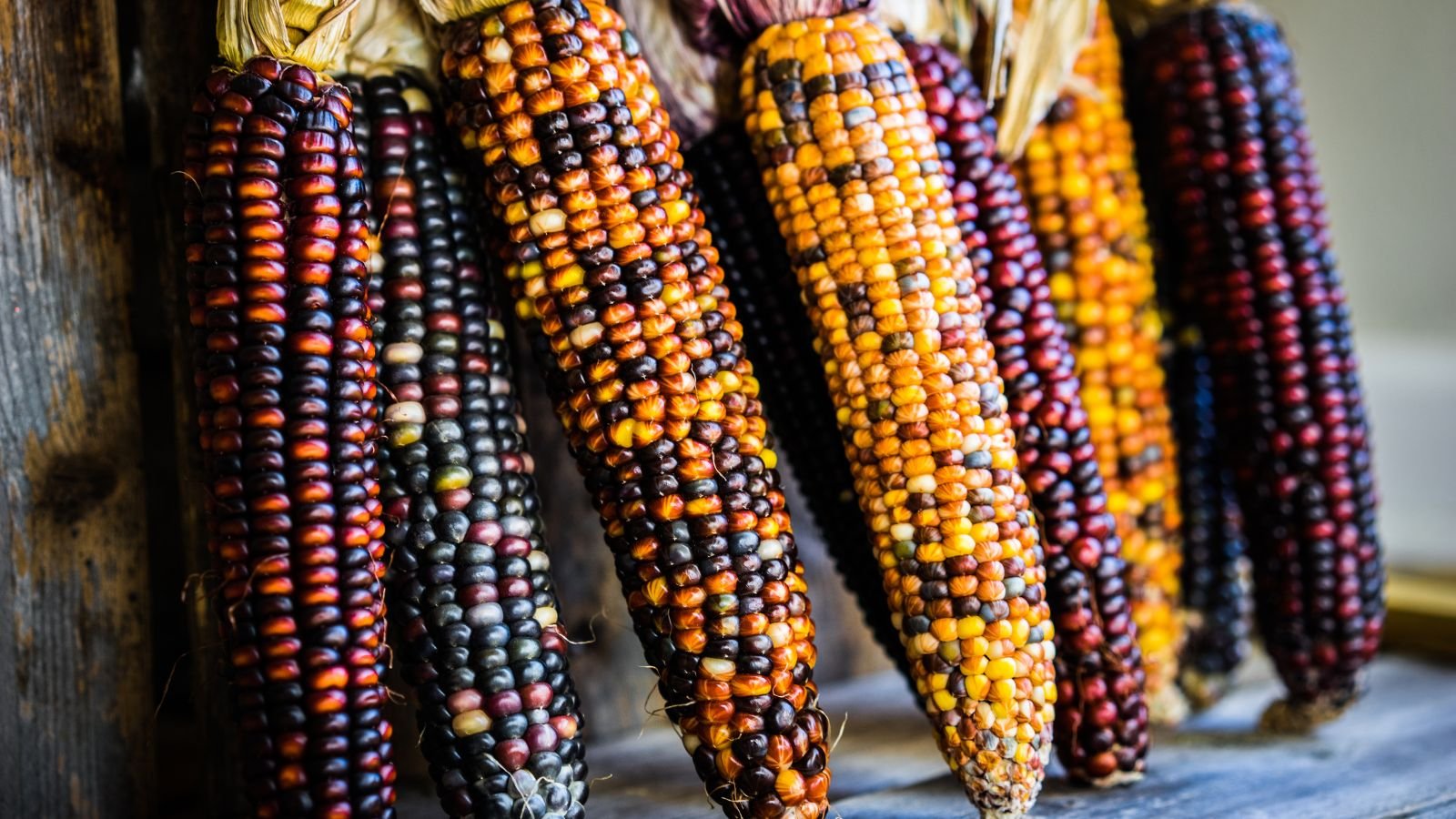
This type of corn has a hard outer layer that protects the small, soft endosperm inside the kernel. That tough shell is said to be “as hard as flint”, hence the name. Flint corn has a glassy appearance and typically produces long, slender ears. It also comes in a wide range of colors and often grows on very tall plants.
Unfortunately, many people overlook flint corn’s culinary value and dismiss it as merely decorative. But flint corn is packed with flavor. You can nixtamalize it to make masa and hominy, or grind it dry into a coarse cornmeal that’s perfect for polenta. Flint corn can also be popped when heated, though the kernels often crack open rather than fully explode (still tasty, more like a corn nut).
Thanks to the hardness of its kernels, flint corn stores exceptionally well and resists damage from insects and rodents.
Varieties

Gardeners interested in flint corn can choose from several notable varieties. Chapalote, a variety with a documented 4,000-year history of continuous cultivation in the Southwestern U.S., is one of the oldest. Roy Calais Flint is an 8-row variety well-suited to northern climates. Floriani Red, an Italian heirloom, is also gaining popularity in the U.S. for its exceptional flavor in polenta.
Popcorn
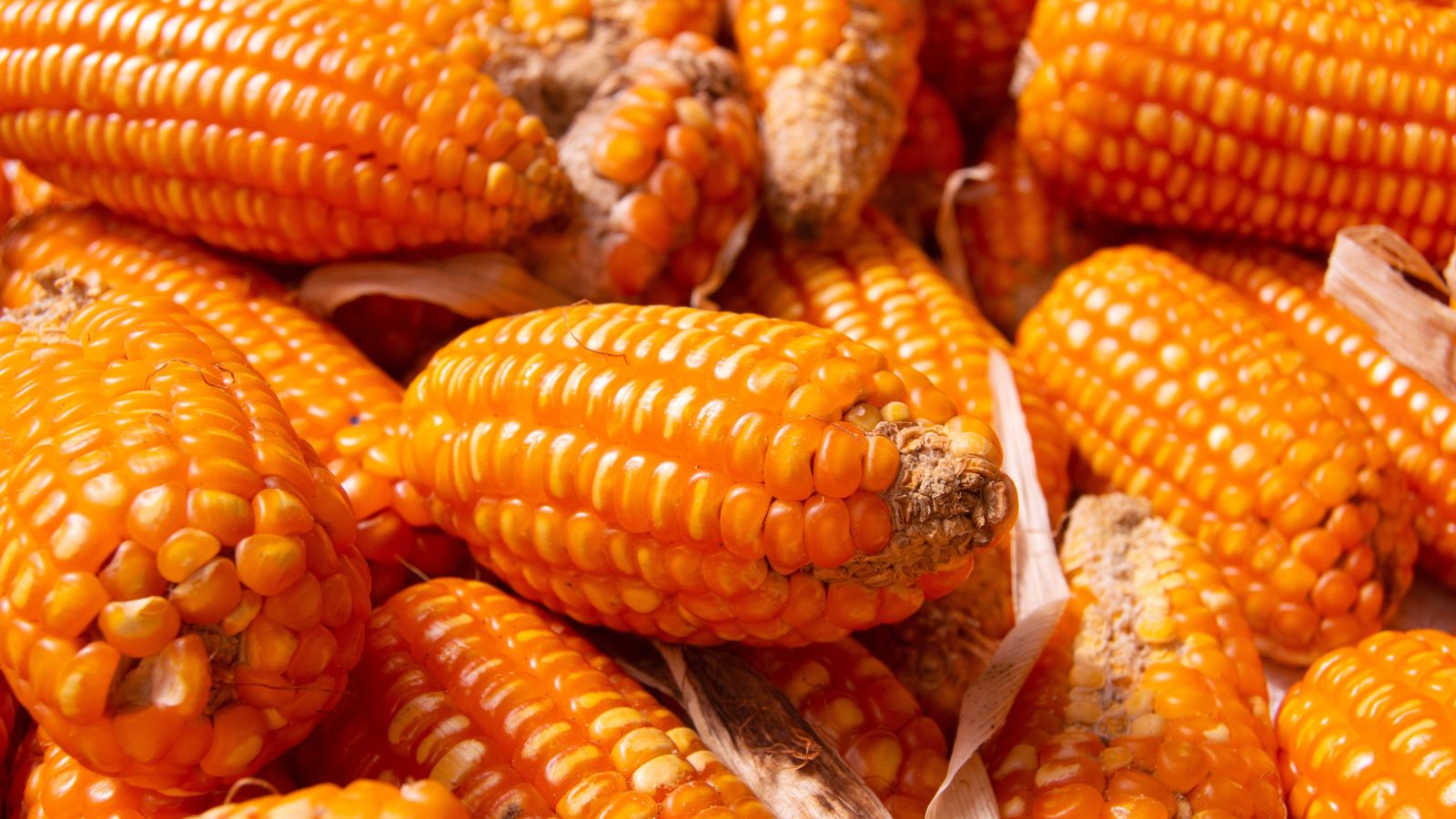
Popcorn is the oldest domesticated type of corn. It shares a similar glassy appearance with flint corn but in miniature, with smaller kernels and ears. When heated, the moisture inside each kernel turns to steam, causing the starch to explode and flip the kernel inside out. The result is the white, starchy, crunchy treat we all know and love.
Popcorn is especially approachable for home gardeners. It doesn’t require extra processing to be edible, and many varieties grow on compact, space-saving plants with relatively short growing times.
Varieties
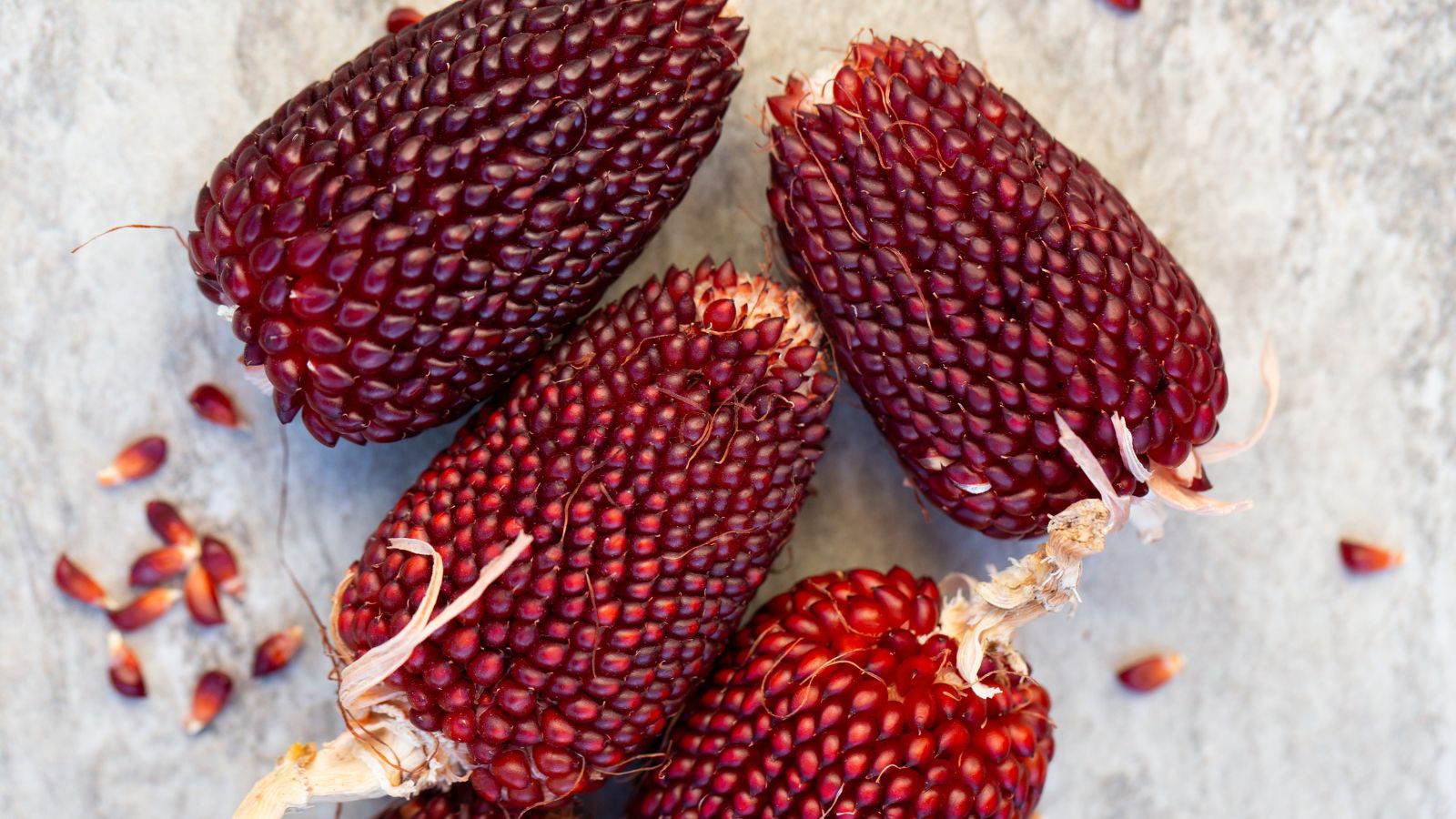
Popcorn comes in a range of colors, from single-colored varieties like the yellow Tom Thumb or red Strawberry to multi-colored types such as Cochiti and Glass Gem. It should be harvested when the ears are fully dry and the kernels are hard. Too little or too much moisture will result in poor popping. Because of its high starch content, popcorn is extremely chewy when harvested at the fresh milk stage and is best left to fully mature.
It’s not the variety that determines the color of the popped corn. All popcorn pops white because the endosperm (the starchy interior) is white. If you look closely, though, you might notice a hint of color at the center of the popped kernel. That’s the pericarp, or outer hull, which gives the kernel its color before popping. It’s also the part that tends to get stuck in your teeth.











